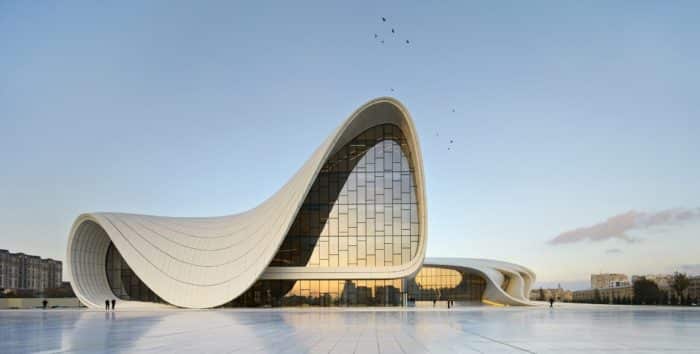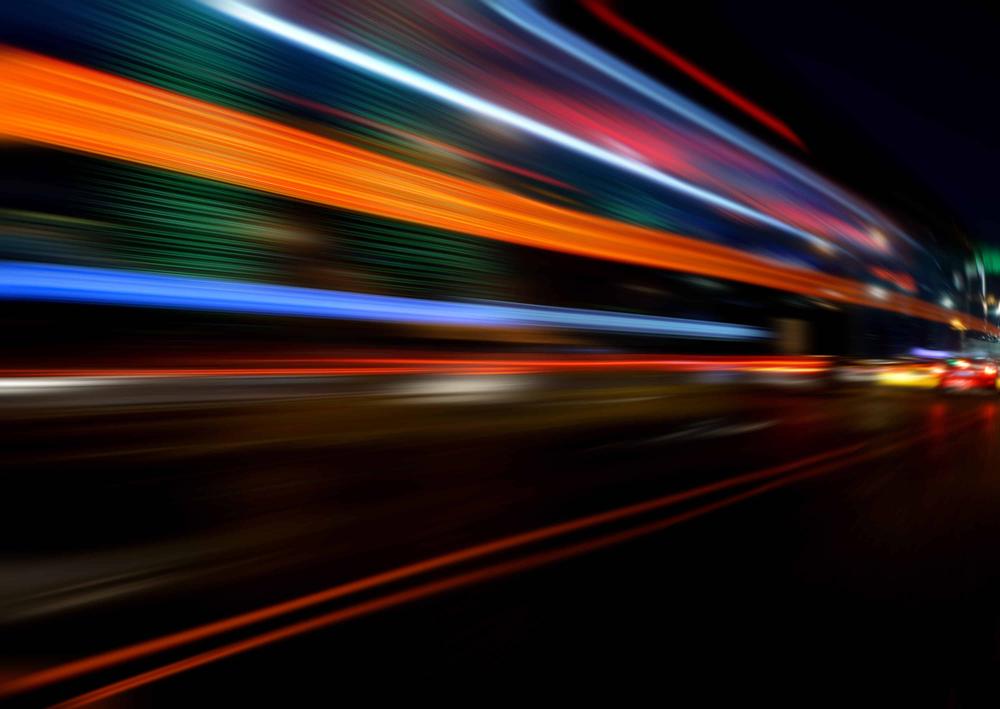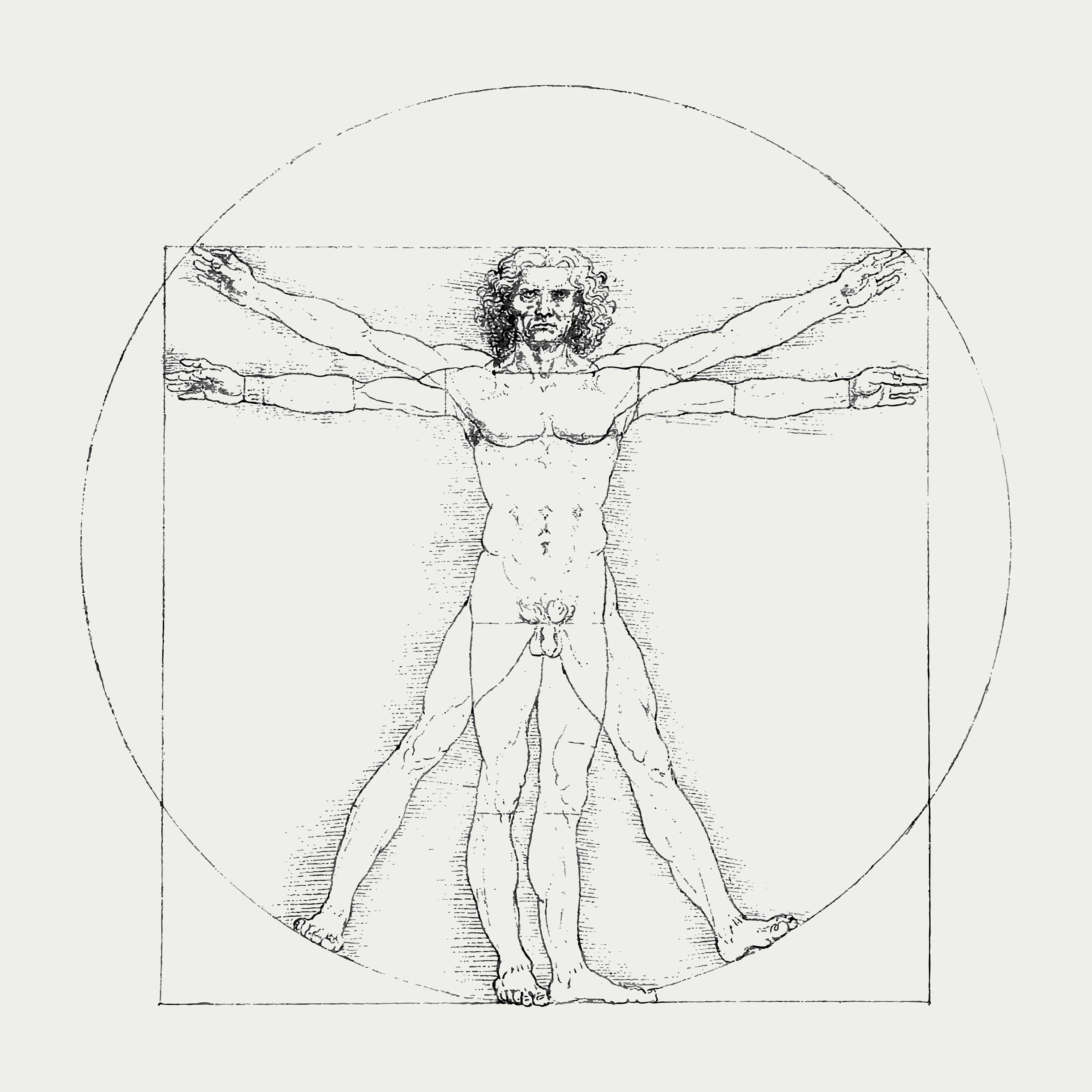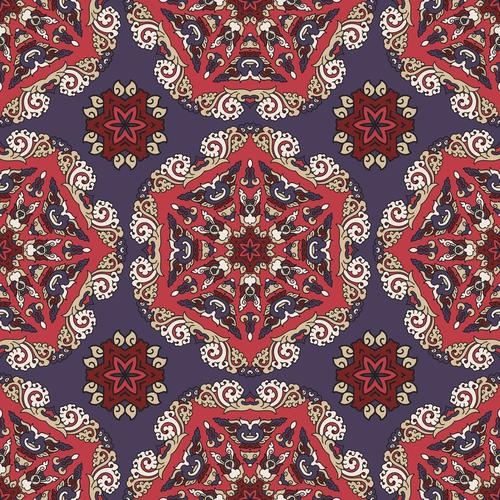
Humans live in an environment that is both natural and artificial. When the question of artificial environment comes, comes the question of design. Simply speaking, whatever we see artificial is a direct or indirect result of design.
What is design?
Design is a study and practice of consciously shaping the interaction between a human or a ‘user’ and the artificial environment around while considering aesthetic, functional, contextual, cultural and societal aspects.
The scope of design is vast. It is neither an art nor a science but a subtle synthesis of both. There is no universal definition of design. Though there is a common misconception that design is to make things ‘pretty’. But in reality design must be a very functional phenomenon and strictly user-centric. However aesthetics is a primary element of design.
Defining design:
According to Wikipedia, “A design is a concept of either an object, a process, or a system that is specific and, in most cases, detailed. Design refers to something that is or has been intentionally created by a thinking agent, though it is sometimes used to refer to the nature of something.”
According to Charles Eames, American designer, architect and filmmaker, “Design is a plan for arranging elements in such a way as best to accomplish a particular purpose.”
According to Herbert A Simon, the Noble prize winning economist, “Everyone designs who devises courses of action aimed at changing existing situations into preferred ones.”
Image: Cutlery design, Zaha Hadid, 2007 (Source: wikipedia)
Italian architect Ernesto Nathan Rogers’ popular slogan ‘dal cucchiaio alla città’ meaning ‘from the spoon to the city’ probably best describes the vast field of design. From manufacturing the smallest of utilitarian objects to the biggest of landscapes we reside in.

The Heydar Aliyev Center in Baku, Azerbaijan, Zaha Hadid, 2012. (Source: https://archello.com/project/heydar-aliyev-center)
The two pictures here show cutlery and building designed by famous architect Zaha Hadid are an example of Nathan Rogers’ slogan: ‘from the spoon to the city’. Both designs are aesthetically breathtaking while not compromising the utilitarian aspect.
Elements of design:
There is no universal set of rules for design. However there are certain common principles of design. These design principles are guidelines to be followed to create effective visuals, from oil paintings to web design. The twelve elements of design are:
Balance, Contrast, Emphasis, Proportion, Hierarchy, Repetition, Rhythm, Pattern, Whitespace, Movement, Variety, Unity.
01. Balance:
When we place multiple contradicting ideas together and try to blend them in a harmony, balance is in work. The elements of visuals are spread in such a way so that weight is distributed accordingly. The viewer is then guided by the balanced visual elements. There are two types of balance, symmetrical and asymmetrical.
Image on right side shows symmetrical and asymmetrical balance. (Source: Wikipedia)
02. Contrast:
Contrast is the opposite of balance. It emphasizes the difference between visual elements. As a result of contrast, the viewer is guided to concentrate in a focus of the design.
Example of Contrast (Image Source: freepik.com)
03. Emphasis:
Emphasis is pointing out the main subject or topic of the design. It creates a focus in a particular area of composition. Viewer is then guided to concentrate to that focus.
04. Proportion:
Proportion is the relationship between two or more visual elements, mainly their size and scale. When this relationship gives a beautiful appearance to the visual elements, the design is seemed as proportionate. Finding harmony among different visual elements is the goal of proportion.
07. Rhythm:
By repeating line, forms, colors and other visual elements of a design, rhythm is generated. It is like music. Rhythms create patterns that generate a sense of flow in design. It guides the vision of the viewer.
08. Pattern:
When visual elements of a design are arranged in a repeated manner to achieve a sense of ‘whole’, pattern is created. Pattern can be made using color, lines, shapes etc.

11. Variety:
When diverse visual elements are blended in a design, variety is achieved. Variety breaks the monotony of the design.
12. Unity:
When different elements of a design work together and gives the viewer aesthetic pleasure, unity is achieved. It helps lessen the cognitive burden of the viewer.

05. Hierarchy:
Hierarchy is organizing the relative importance of different visual elements of a design. It organizes elements of most importance to least significance. Viewer is then guided to look at the design accordingly.
06. Repetition:
When certain visual elements of a design is placed repeatedly, it is called repletion. Repetition gives a sense of consistency in the mind of the viewer. It can make the design coherent and exciting.
Contour in design Element (Image Source:Freepik)

09. White space:
The ‘negative’ space between design elements is the white space. White space is not necessarily white. It is the empty spaces where no design element is present. It could be of any color.
10. Movement:
Movement is the flow in design. It can be achieved by using line, shape, color or light. Movement guides the eye of a viewer when a composition is looked at.

Conclusion
From the minutiae of cutlery to the grandeur of monumental architecture, design’s expansive reach manifests a steadfast commitment to both visual allure and practical utility. The foundational design principles — balance, contrast, emphasis, proportion, hierarchy, repetition, rhythm, pattern, whitespace, movement, variety, and unity — serve as the guiding stars, orchestrating visually compelling compositions.
At its core, design unfolds as a dynamic journey, transcending surface aesthetics to delve into the intricate dance between elements, crafting immersive experiences. Whether meticulously shaping small utilitarian objects or conceiving vast cityscapes, the ultimate objective remains unchanged: to elevate engagements with the artificial environment, etching a lasting impact on both function and form.
References:
- What is design? (https://www.strate.education/gallery/news/design-definition)
- What is design? (https://www.theicod.org/en/professional-design/what-is-design/what-is-design)
- From the spoon to the city. (https://www.squareonearchitects.co.uk/blog/2015/9/3/from-the-spoon-to-the-city)
- What is design? Understanding design. (https://www.youtube.com/watch?v=EABWVo00shI)
- The meaning of design. What design is and why it’s important. (https://shakuro.com/blog/the-meaning-of-design-what-design-is-and-why-its-important)
- Article on design. (https://en.wikipedia.org/wiki/Design)
- 12 Principles of design to help you create effective graphics. (https://pixteller.com/blog/12-principles-of-design-to-help-you-create-effective-graphics-246)
- The 12 principles of design and how to apply them. (https://designproject.io/blog/the-principles-of-design)
